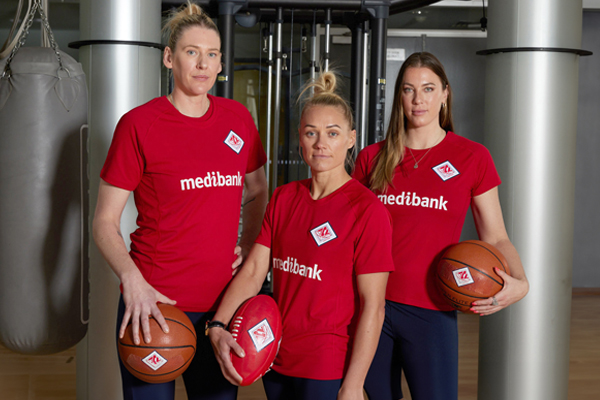-
Download your training guide here
If you’ve got a couple of marathons under your belt and now you want to push yourself further, this is the training guide for you. Over 12 weeks, you’ll build your strength, speed and endurance to hit a new personal best.
Everyone is an individual and your base level of fitness may vary. For those who already have been doing some running, this general program should give you the extra speed and endurance to take your performance to the next level.
This 12 week training guide is just that, a guide, so feel free to be a little flexible with it and make it work for you. Mix up days and runs when you need to, and if you miss a session you can make it up.
The real aim is to be consistent with your training, and the overall details won’t matter as much.
Training days explained
Long runs: The key to the guide is the long run on weekends, which ranges from 13 km to 32 km. Consistency and quality is the goal of these long runs – run at a comfortable pace, find your rhythm and enjoy building your endurance.
Run slow: Do your long runs at a comfortable pace, one that would allow you to converse with a training partner, at least during the beginning of the run. If you finish the long run at a pace significantly slower than your early pace, you need to start much slower. It’s better to run too slow during these long runs, than too fast, the purpose is covering the prescribed distance.
Walking breaks: It is okay to walk during the marathon – it’s a long distance so listen to your body. You can walk during training runs too. In a race the best time to walk is entering a drinks station, that way you can drink more easily while walking as opposed to running.
Cross-training: Mondays in the training guide are for cross-training. The best cross-training exercises are swimming, cycling or walking. You don’t have to cross-train the same way each week, feel free to mix it up. And you could even combine two or more exercises: walking and cycling, jogging or swimming and riding an exercise bike in a gym. Cross-training on Monday will help you recover after your Sunday long runs – so make sure you treat it as a recovery session.
Midweek training: Sessions during the week should be done at an easy pace.
Pace: This is defined as the pace you need to run to take your running to the next level. If you are aiming to achieve a 3:30 marathon time then your pace would be 4:58 / km. Therefore when you run your pace runs you need to run them at this speed.
Rest: Days designated to rest are very important. Muscles actually regenerate and get stronger during rest and rest helps prevent injury. The key to this guide is consistency – so if you are feeling particularly tired at any stage, take an extra rest day and get your energy back to keep going.
Don’t forget to stretch!
It’s important to start each training session with some stretches and gentle movement to prepare your body for your workout. After your session, cool down with more stretches to help with recovery.
Download the full guide here.
Marathon Training Guide (Intermediate – 12 weeks)

-
Everything you need to know about parkrun
Been wondering what a parkrun looks like? Where do you go? What do you do? How do you sign up? Find out here.
-
Five ways to exercise when on a budget
You don’t need to spend money on gym memberships just to meet your fitness goals. Here are five free ways to stay healthy and active when you’re living on a budget.
-
How parkrun changed my life
Christie Farrow went from being an exercise-phobe to a true blue runner with parkrun.
-
Australia's top female athletes unite on ACL injury
Some of Australia's most talented athletes have joined forces to highlight the unique injury challenges women face.
-
How to create your perfect summer fitness plan
Be inspired by the sunshine and get moving
-
The essential foam rolling routine
Improve posture and flexibility with this essential foam rolling routine. Discover effective stretches to ease muscle tightness and enhance your daily movement.
Subscribe to receive the best from Live Better every week. Healthy recipes, exercise tips and activities, offers and promotions – everything to help you eat, move and feel better.
By clicking sign up I understand and agree to Medibank's privacy policy






